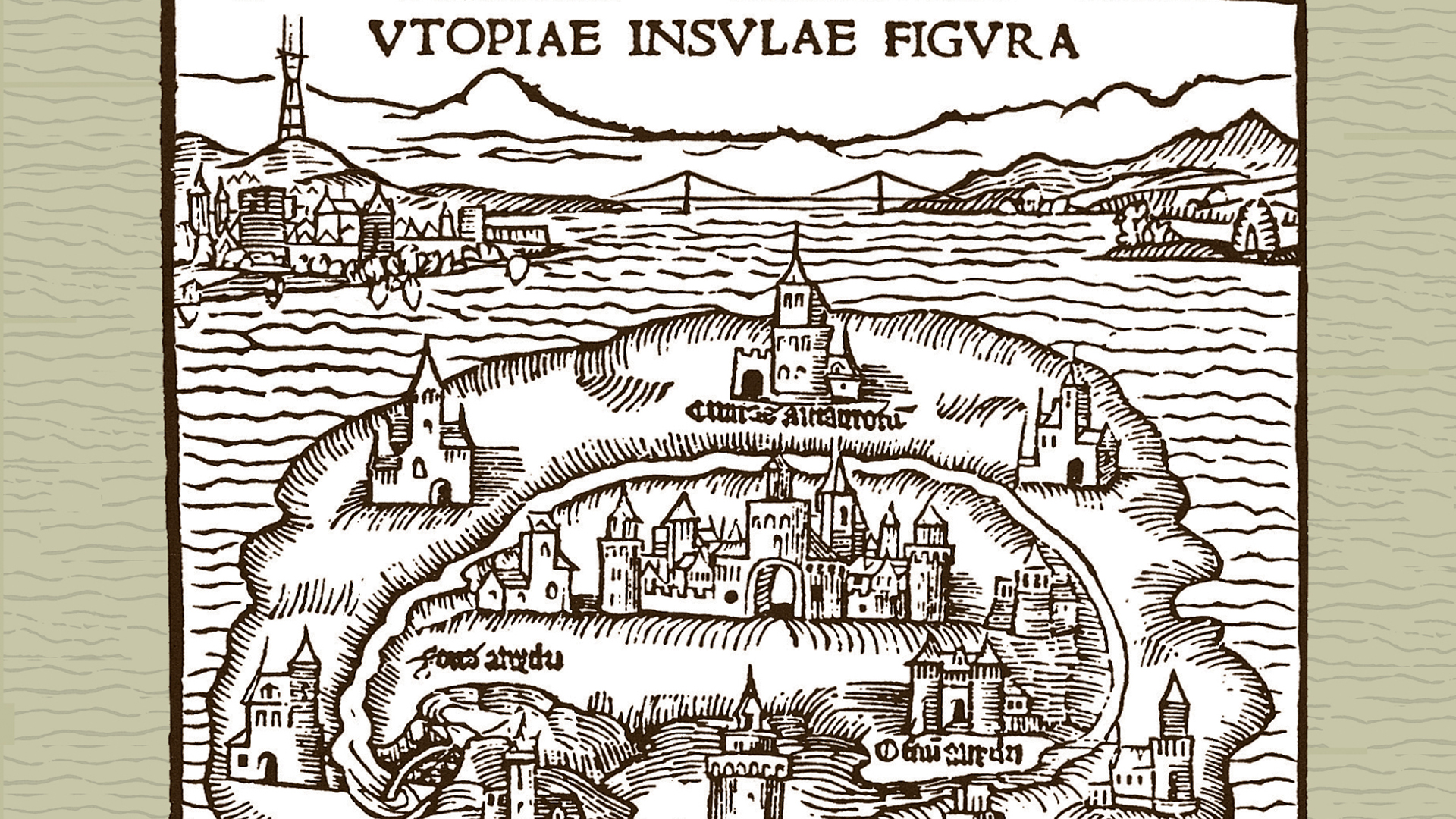by Seth Sandronsky
Z Magazine
July/August 2012
If
you favor the Occupy Wall Street moment, you might also savor the
personal and political flavors of communal living during the 1960s and
1970s. In West of Eden: Communes and Utopia in Northern California, thirteen contributors enlighten us about these alternate living and working arrangements.
Of
the editorial quartet who oversaw this book, seven years in the making,
two are from the city and two from the country. Iain Boal of Berkeley
situates West of Eden’s four-part focus around the historic
dynamics of rural and urban “communing.” His interview with the
influential artist, communalist, and writer Ramón Sender helps us to
understand the social context of his inspired invention to counter the
mainstream culture.
Historian Timothy Miller opens part one,
placing the trend for communes in the Golden State a half-century ago as
“part of the larger emerging Zeitgeist,” with a nod to the communalism
of American Indians. Their relationship to the land stands in stark
contrast to the regime of private property that marks a capitalist order
based on alienated labor. Michael William Doyle evaluates the San
Francisco-based Diggers. In the 1960s, they made food free for all via
ingenious means and foreshadowed current groups, such as Food Not Bombs.
Jeff
Lustig, dean of California studies and a retired professor of
government at Sacramento State, highlights the crucial role of common
lands of UC Berkeley and San Francisco’s Golden Gate Park in nurturing
communalism. Such venues partly provided people the space and time to
emulate those in the Civil Rights movement where putting one’s body on
the line paved the way to overturn Jim Crow segregation.
Jesse
Drew recalls his time as a teenage runaway in “networked” communes, a
modern-day Underground Railroad that sheltered the marginalized—from
draft resisters to military deserters. Communards flourished in “a
Badlands…that brought the euphoria of utopia and the freedom of
autonomy, a tonic that showed that a new world is possible.”
Felicity
D. Scott addresses in part two what violent measures the state took
against communes’ “open lands” in places such as Sonoma County. There,
authorities used bulldozers to flatten shelters of communards,
attempting to live outside the capitalist system.
Simon Sadler
connects the idealism and pragmatism of communes and the geodesic domes
of Buckminster Fuller. Sadler argues that the result was a “design
ethos,” which, mostly rejecting Fuller, attempted to recapture what
American culture had destroyed, specifically a “respect for nature.”
Janferie
Stone, an editor, with help from people in the Native American Program
at UC Davis, recalls the occupation of Alcatraz Island in San Francisco
Bay. There, Native Americans in late November 1969, recaptured their
culture of self-provisioning that U.S. government intervention via
boarding schools from the 1870s to 1960s tried to end.
Robyn C.
Spencer contributes an eye-opening chapter on the practice of
communalism within the Black Panther Party. Spencer’s scholarship
provides detailed analysis of the BPP’s community programs and living
arrangements as covert police disruption took a grim toll on members,
two-thirds of whom were female.
Stone and co-editors Cal
Winslow, in the book’s third part, “the country,” reflect on the ebbs
and flows of communal living in Mendocino’s Albion Ridge. According to
Winslow, the communards based there “shared no grand vision, no
religion, no structures; they were not the followers of a particular
leader, there were no gurus.” Reading him, you appreciate the promises
and perils of these utopian living arrangements, as his interviews with
participants make clear.
Stone gives form and shape to the
dynamics of sexual politics in the communal movements of the 1960s. Two
examples she examines centered on childbearing and rearing. Ray Raphael,
in the final section “legacies” unpacks the contradictions of marijuana
production and back-to-the- land communards in California’s back
country. You might read this trend as a triumph of small businesspeople.
Lee
Worden hits the nail on the head in his critical essay about the rise
of a commercialized techno-counterculture and communal living that
entrepreneurs such as Stewart Brand personified. This is a cautionary
tale of individuals commoditizing social movements for the purpose of
accumulating wealth.
Berkeley-based editor Michael Watts ties
together many threads of “radical individualism” and social activism
culminating in the global upsurges of 1968. What propelled such utopian
experiments stateside, of course, was rebellion against an “American
Dream” of consumerism, militarism, racism, and the right-wing reaction.
You can read in West of Eden about communal living experiments as generational spirits of today’s OWS movement for justice. I did.
Back to Iain Boal’s Author Page | Back to Janferie Stone’s Author Page | Back to Michael Watts’s Author Page | Back to Cal Winslow’s Author Page







